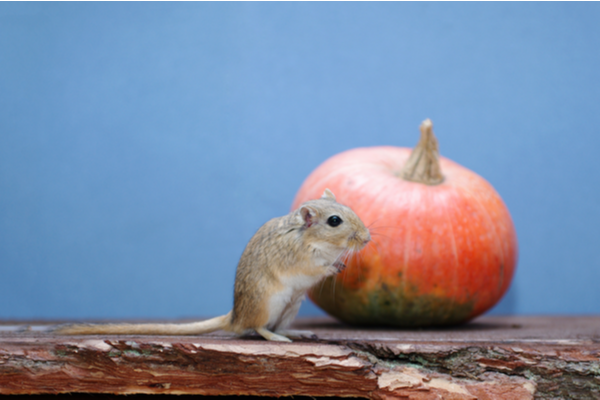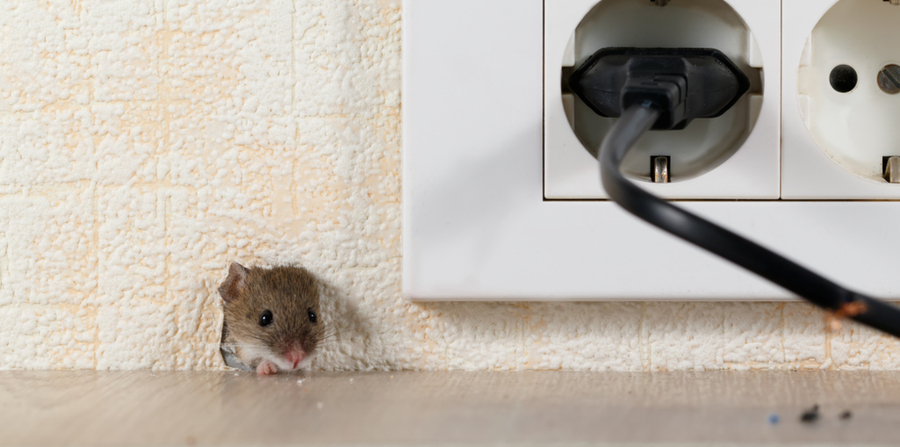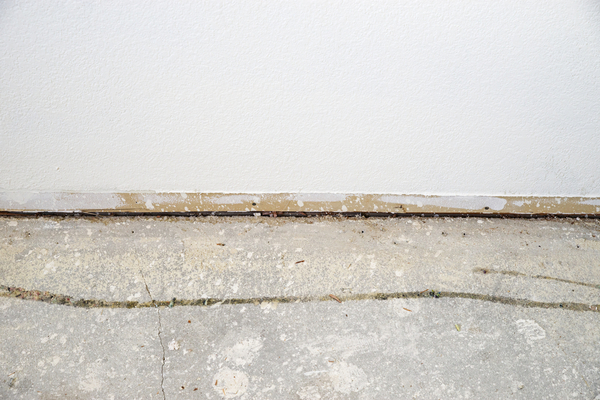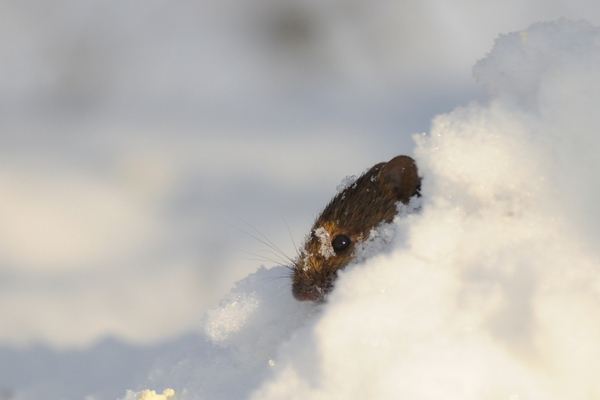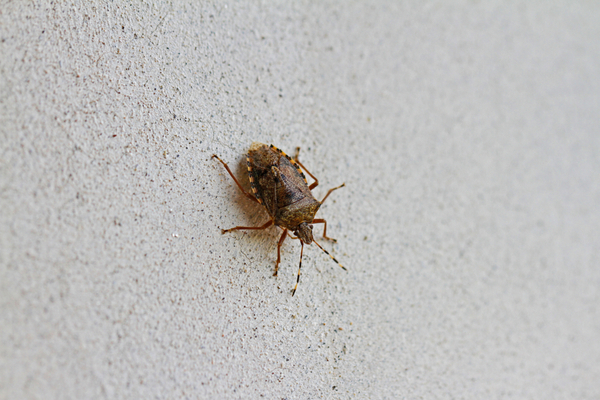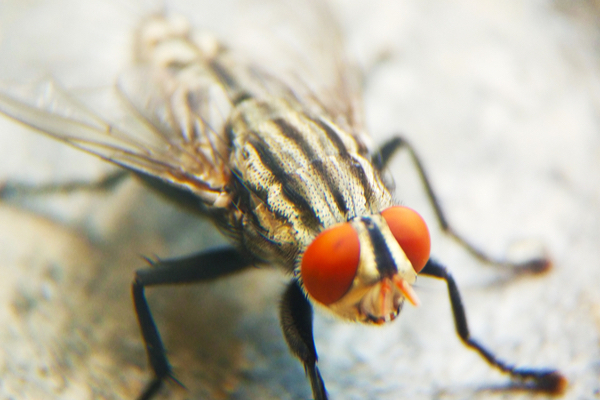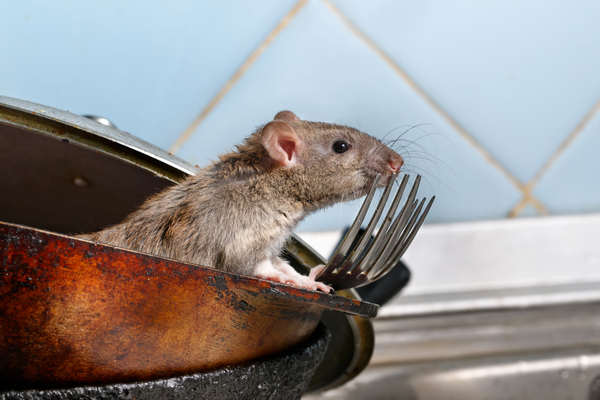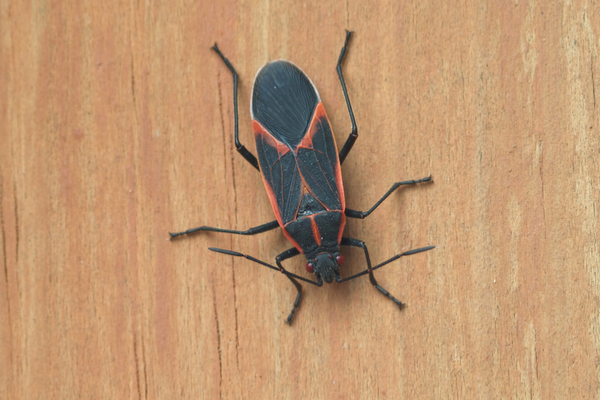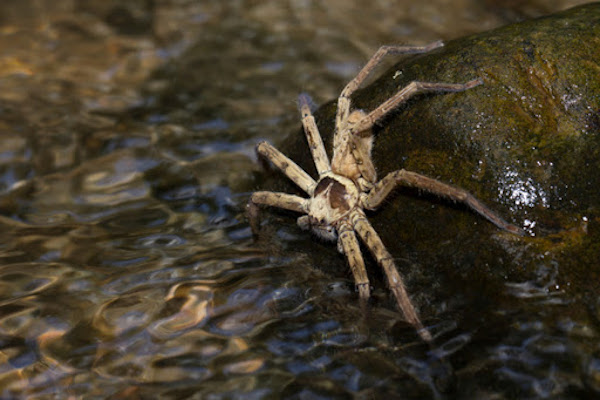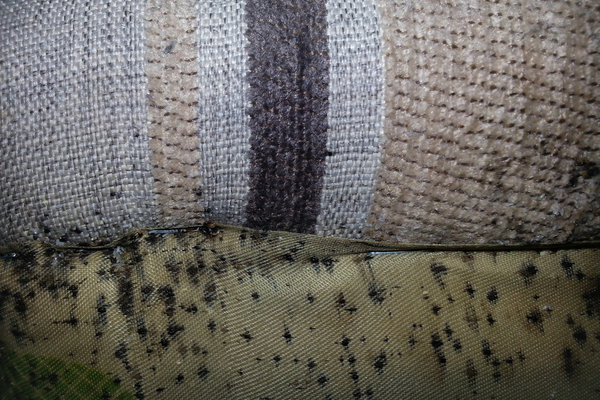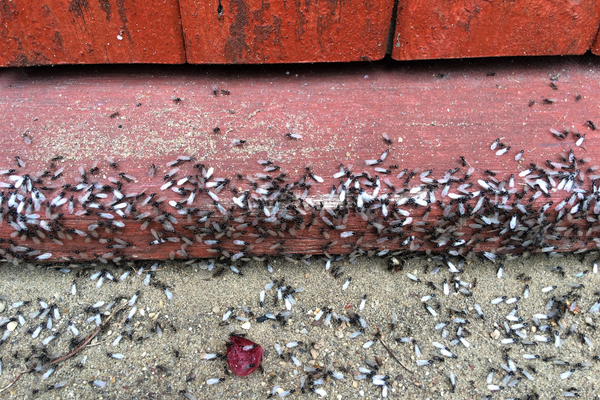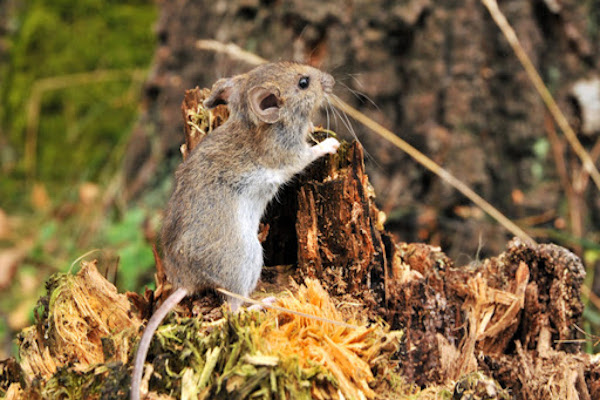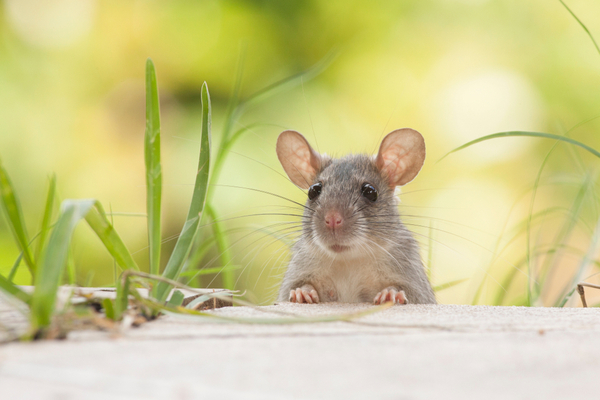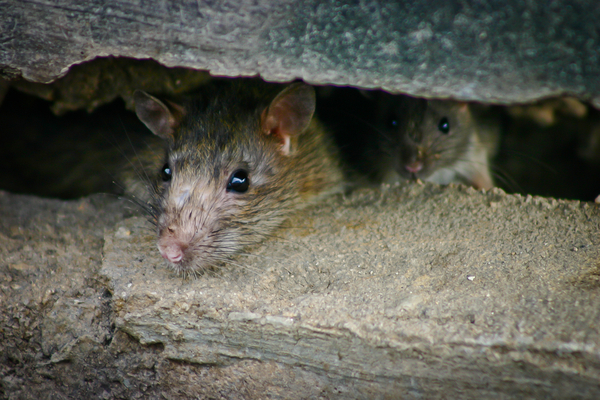Autumn is a lovely time of year. The overbearing heat of the Midwest summer leaves us alone as the temperatures start to shift. Leaves change color, pumpkin spice becomes the flavor du jour, and everyone starts wearing socks again. In the middle of these positive changes comes one not-so-positive change, however. Rodents start finding their way inside homes and businesses.
Just like you pull sweaters out of storage as the temps turn, rodents start looking for similar, reliable warmth. If you’re not careful, they’ll find it in your home. This is what attracts rodents to your home this fall, how they get inside, and how to keep them out.
What attracts rodents in fall?
The simplest answer is food and warmth. Cooling temperatures trigger a response in rodents and mice to seek out warmth and shelter. Rodents are extremely sensitive to temperature and pressure fluctuations, so they may sense the changing season before you do!
When rodents sense cooling air temperatures, they also start fattening themselves up. They’ll seek out high sugar and fat foods, and in larger quantities than usual. Both rats and mice have an exceptional sense of smell. They can smell all the food they want while its inside your home–often while it’s still in its packaging! If they smell the food they want in your home, they’ll try to get it. Fall is a time of survival for rodents. Any place that provides them the things they need to last the winter is a target.
How do rodents get inside during fall?
Rodents are clever creatures. They’re capable of fitting into breaches as small as a quarter. If rodents get into your home, they found one of these breaches. The pests commonly enter homes via crumbling foundation, broken screens, vents, attic insulation, window and door frames, and pipes. You should see all areas that you need to monitor regularly.
Monitoring entry points doesn’t take much work. We recommend simply conducting a weekly or bi-weekly inspection of your home. Check for any damage such as torn screens, gaps between utility lines, or torn insulation. By minimizing potential entry points, you’ll significantly you significantly lessen your chance of any infestation, including rodents.
How can I keep them out?
Not letting them in in the first place is the first step. After that, you want to be cognizant of the things that draw pests like rodents. They’re not just looking for shelter, they’re looking for food and water as well. Clean and well-maintained garbage cans are less likely to draw pests than dirty ones filled with food waste.
Fix dripping or leaking pipes immediately so they don’t have a chance to create pest-adored standing water. Maintain your landscape to avoid giving rodents hiding places they can use to approach your home. If they have cover to hide in close to the perimeter of your home, they’re more likely to take the jump indoors.
If you suspect you have a rat or rodent problem, get in touch with Griffin Pest Solutions immediately. Our integrated approach to pest management will draw unwelcome visitors out and keep them from returning. That way you can get back to enjoying the fall properly: in flannel, pumpkin spice latte in hand.

